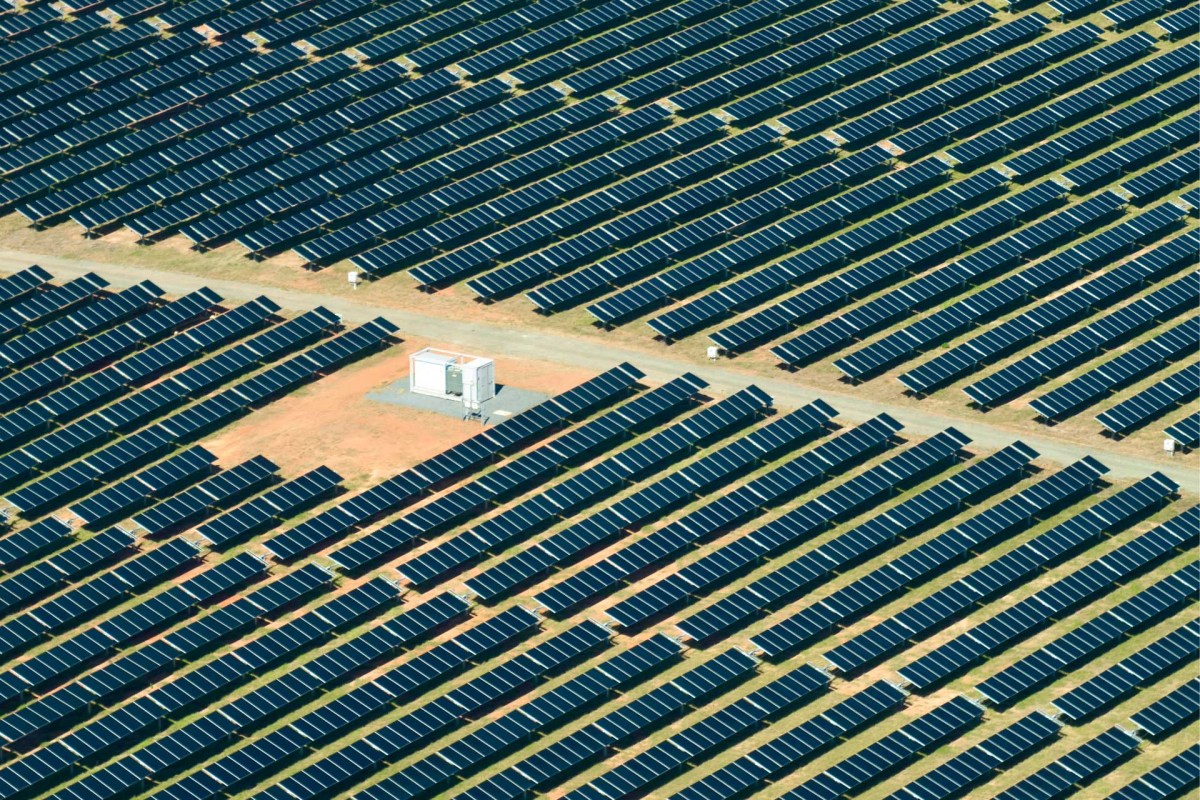A recent study conducted by scientists from the Department of Energy's Argonne National Laboratory in Illinois and the National Renewable Energy Laboratory in Colorado found that solar farms don't have to only harvest clean, renewable energy from the sun — they can also be breeding grounds for pollinators and native plants.
The study, conducted on two different solar installations in southern Minnesota, involved seeding the land underneath the solar panels with 66 different species of native plants and flowers. The scientists then visited periodically to see how many insects had returned to the land, which had previously been fouled with herbicides and used for row crops.
🗣️ Do you want massive solar farms in your state?
🔘 YES 👍
🔘 NO 👎
🗳️ Click your choice to see results and speak your mind
They found that after five years, populations of native bees had risen to 20 times their initial levels, per a report from Anthropocene.
"This research highlights the relatively rapid insect community responses to habitat restoration at solar energy sites," Lee Walston, who led the study, said.
Solar energy development has been expanding rapidly in recent years, as companies and governments look for ways to provide power without the immense pollution and environmental degradation that come with dirty energy sources such as oil and gas.
One of the drawbacks of solar, however, is the amount of physical space that it requires, with much of it sited on prime agricultural land. But studies like the one conducted in Minnesota are showing that solar farms don't necessarily have to be one thing or the other — they can, in some cases, generate clean energy while also supporting local wildlife.
And for some farmers who want to make money from solar arrays on their land, they can have their cake and eat it, too. The practice of agrivoltaics involves arranging farmland so that it can successfully host both solar panels and crops or livestock at the same time. It involves some strategy or planning but has been shown to be viable. And sometimes, the two can even work in concert, such as when livestock seek shade under the solar panels.
And, as Walston pointed out, encouraging more pollinators is good for crops everywhere.
"[Our study] demonstrates, if properly sited, habitat-friendly solar energy can be a feasible way to safeguard insect populations and can improve the pollination services in adjacent agricultural fields," Walston said.
Join our free newsletter for cool news and actionable info that makes it easy to help yourself while helping the planet.









